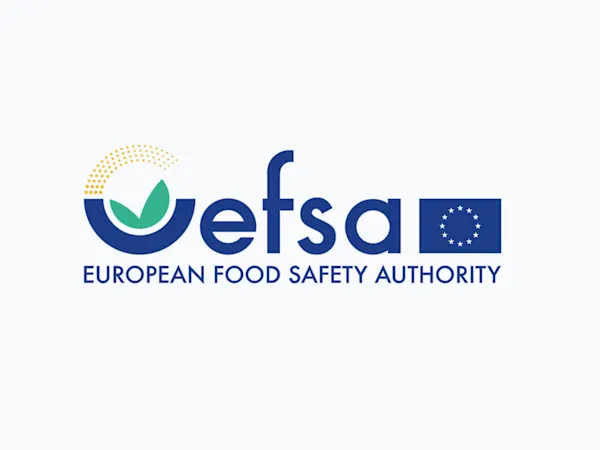
EU Ministers Press Commission on Delayed REACH Revision Amid Industry and Environmental Demands
EU Member States urge the Commission to accelerate the REACH revision, citing urgent health, environmental, and industry competitiveness needs.


The European Chemicals Agency (ECHA) has issued a comprehensive assessment report outlining the urgent need for regulatory action concerning a group of 14 substances containing the aziridine moiety. These chemicals, extensively utilised in industrial and professional applications, have been identified as posing serious risks to both human health and the environment.
Aziridines, commonly employed in adhesives, sealants, coatings, and textile treatments, have come under scrutiny due to their structural similarities and shared hazardous properties. The assessment, published on 12 August 2024, highlights the potential dangers associated with these substances, including carcinogenicity, mutagenicity, reproductive toxicity, and specific target organ toxicity (STOT). The widespread use of these chemicals in professional and industrial environments increases the likelihood of exposure for workers and the risk of environmental contamination.
Among the substances assessed, aziridine (EC 205-793-9) and 2-methylaziridine (EC 200-878-7) have been singled out as particularly hazardous. Both are classified as Category 1B carcinogens, indicating a significant risk of cancer. Aziridine is also classified under Category 1B for mutagenicity, suggesting a high potential to cause genetic mutations. These classifications are supported by existing harmonised classifications and national occupational exposure limits (OELs) in several EU member states.
The report outlines a series of proposed regulatory actions aimed at mitigating these risks. Immediate measures include compliance checks (CCHs) for specific aziridine compounds to further clarify their hazardous properties. Depending on the results, ECHA suggests prioritising harmonised classification and labelling (CLH), which would lead to broader regulatory restrictions under REACH Annex XVII. These could include banning the use of these substances in consumer products, such as textiles and footwear, unless explicitly authorised.
Additionally, ECHA recommends considering an EU-wide restriction on the professional use of these substances. This approach would be more effective than authorising individual uses, particularly given the widespread application of aziridines with relatively low levels of operational controls. The agency also proposes setting binding occupational exposure limits (OELs) under the Chemical Agents Directive, which would further safeguard industrial workers from inhalation and dermal exposure.
Environmental risks associated with certain aziridines, identified as persistent, mobile, and toxic (PMT/vPvM), are also of concern. Although some of these environmental hazards remain inconclusive, further data generation through proposed CCHs is expected to clarify the need for additional regulatory measures.
In summary, ECHA's assessment calls for urgent regulatory interventions to manage the significant risks posed by aziridine compounds. These actions are expected to enhance protection for workers, consumers, and the environment, ensuring that these hazardous substances are controlled more effectively across the European Union.
Foresight continuously tracks 1000s of sources and maps updates to your portfolio:




EU Member States urge the Commission to accelerate the REACH revision, citing urgent health, environmental, and industry competitiveness needs.

The EU has classified DBDPE as a substance of very high concern (SVHC) due to vPvB properties, affecting manufacturers and downstream users of flame retardants.

EFSA launches consultation on updating its Weight of Evidence and Biological Relevance guidance, aiming to streamline chemical risk assessment practices.
Subscribe to Foresight Weekly and get the latest insights on regulatory changes affecting chemical compliance.
Free forever. Unsubscribe anytime.
Read by professionals at